AKA: Kung Fu of Taekwondo
Director: Ulysses Au-Yeung Jun
Producer: Lu Ching-Hang
Cast: Kim Jin-pal, Sylvester Williams, Lin Chen Chi, Suen Yuet, Fang Mien, Liu Ping, Ma Cheung
Running Time: 88 min.
By Paul Bramhall
When it comes to the old-school kung fu genre, it’s fairly standard for titles to sometimes go under different aliases. However Valley of the Double Dragon must surely hold the award for the number of different names it goes by, as in addition to its original title, it’s also been released as – Golden Leopard’s Brutal Revenge, Fist Fighter, King of Kung Fu, Taekwondo, and Kung Fu of Taekwondo. My viewing of the movie came courtesy of the Australian released DVD, which goes under the Fist Fighter moniker, and as far as I’m aware remains the only legitimate physical release on a digital format.
Released a year after Brue Lee’s untimely death, Valley of the Double Dragon came at a time when the kung fu genre was scrambling to find its feet in the midst of losing its biggest star. One of the lasting impacts that both Bruce Lee had on the genre, and also Raymond Chow’s recently set up Golden Harvest studio, was their love of Korean martial arts. Fighting techniques such as Hapkido and Taekwondo quickly found favor for their aesthetically pleasing visuals onscreen, with Bruce Lee casting the likes of Grandmasters Hwang In-shik and Ji Han-jae, in Way of the Dragon and Game of Death respectively. Chow continued to cast In-shik and Han-jae in a number of other Hong Kong productions, while also continuing to scout other Korean talent, such as Jhoon Rhee (When Taekwondo Strikes) and Byong Yu (The Association).
While Rhee and Yu only dabbled in the film industry long enough to make one movie each, before returning to their lives as martial arts instructors, one Korean Hapkido master that did stick around a little longer was Kim Jin-pal. A Hapkido instructor under the tutelage of Han-jae, Jin-pal was the real deal, spending the 60’s acting as a bodyguard for both Korean and U.S. presidents, and teaching the U.S. military in Vietnam as part of the army. At the beginning of the 70’s he moved to Hong Kong and opened the Flying Tiger Hapkido Studio, a nickname he’d earned based on his high flying kicks. As fate would have it, after appearing on Hong Kong television in ’73, he was quickly scouted and cast as the lead in 1973’s Tiger. The movie made him an established star, and he’d go onto make a total of 8 movies in Hong Kong over 2 short years, while becoming the Hapkido instructor for the likes of Jackie Chan, Sammo Hung, and Angela Mao.
In Valley of the Double Dragon, Jin-pal plays the leader of a small group of Chinese guerrillas fighting against the Japanese during World War II. Helmed by Ulysses Au-Yeung Jun, the Taiwanese director had a long and varied career, which saw him directing everything from classic kung fu such as Prodigal Boxer, to gritty gangster flicks like Gangland Odyssey. In Valley of the Double Dragon, the wartime setting certainly makes for a unique look and feel, however what makes it even more unique is the inclusion of an African American lead, in the form of Sylvester Williams, here in his one and only movie appearance. Considering Hong Kong cinema is not normally what you’d call ‘racially sensitive’, even over 40 years later Williams role remains the only time a Hong Kong movie has had a black lead.
Proceedings open with a group of U.S. fighter planes being gunned down from the sky by the Japanese. Despite the grainy and worn picture that the movie comes with watching it today, it’s clear that the production appears to have had a decent sized budget behind it. Both Williams and his co-pilot are able to eject and deploy their parachutes, however the co-pilot suffers the misfortune of landing in a brutal tangle of barbed wire, receiving a face full of it, and is captured as a POW. The Japanese also sight Williams coming down, but he manages to land safely and escape immediate capture, instead resulting in the Japanese launching an expansive search to track him down.
It’s while changing clothes that Williams stumbles across the Chinese guerrillas, or rather, they stumble across him. A misunderstanding sees him assume that the guerrillas are the enemy, and, having literally been caught with his pants down, proceeds to get into a fight wearing only a pair of white underpants. Definitely something you don’t see every day. Williams may not be the most graceful fighter, however he knows how to sell his punches, and conveys a considerable amount of power when called upon to throwdown. Thankfully the remainder of his fight scenes involve more clothes. After it’s established that both Williams and Jin-pal’s group of guerrillas are on the same side, they become fast friends, and team up to take down a ruthless Nazi commander, played by none other than Bob Baker.
Baker immortalized himself as the Russian boxer Petrov, who squares off against Bruce Lee in the finale of Fist of Fury, arguably one of the Little Dragon’s most iconic showdowns. His blonde fuzzy afro and handlebar moustache make him instantly recognizable, and off-screen he was in fact a student of Lee’s, which saw the pair develop a close friendship, one that even saw Baker accompany Lee when he went to work in Hong Kong. Unlike the portrayal of his characters in front of the camera though, in reality Baker was much more reserved, and didn’t enjoy the limelight that working in the film industry brought with it. As such, his appearance in Valley of the Double Dragon as a sadistic member of the Gestapo complete with a black leather trench coat, was to be his second and last. He’d go on to be interviewed for a handful of Bruce Lee documentaries, and taught Jeet Kune Do to a small number of private students, however for the remainder of his career up to his passing from cancer in 1993, he stayed out of the spotlight.
While Valley of the Double Dragon marks his final screen appearance, it’s certainly a memorable one. As an imposing member of the Gestapo, he angrily smashes up the contents of a room when he doesn’t get his way, and when spending time with a prostitute, takes it on himself to carve a message into her back with a knife. It’s rare that the villain in an old school movie comes across as intimidating before they’ve even thrown a punch, but Baker’s performance here is one of pure menace, and as an audience you’re rooting to have him get his comeuppance from the moment he’s onscreen.
In many ways Valley of the Double Dragon feels as much of a war time adventure tale as it does an old school kung fu movie, at times perhaps even more so. The action here is far from frequent, with Jin-pal holding off to unleash his kicks until 30 minutes in, and what’s there is far from graceful. However the scarcity of the action only serves to make it more meaningful when it arrives, with each fight scene feeling distinctly rough and intense. The group of Chinese guerrillas eventually disguise themselves as a travelling opera troupe, which also allows for Williams to have his face painted like one of the army generals in Chinese opera, covering his ethnicity (as well as allowing for such clanger lines as, “I never knew a black man could look so authentically Chinese!”). This structuring of the plot is reminiscent of many a western, with character traits like one of the guerrillas having a tiger tattooed onto his body every time he kills a Japanese soldier, also adding to the tone.
Events eventually culminate which see the group of 5 guerrillas holed up in an abandoned house, while surrounded by Baker and a small army of Japanese troops. It’s a satisfyingly brutal finale, which at times resembles a kung fu version of The Wild Bunch, as a bare chested Jin-pal and Williams go for broke empty handed against the multitude of pistol and sword wielding attackers. It’s during these scenes when it’s possible to witness just how powerful Jin-pal’s kicks are, while Williams uses his muscular frame to literally throw his opponents around, and throws in some nice kicks himself. Slow motion is used to great effect, both at highlighting bullet riddled deaths, reminiscent of Sam Peckinpah, but also to emphasise the form of Jin-pal’s kicking. When he’s left to face off against both Baker and a katana wielding Japanese general, there’s a real sense of desperation and urgency, which is rare to see from a 1974 production.
With the benefit of hindsight, it’s clear to see that Valley of the Double Dragon successfully brought together numerous stars from the old-school kung fu era who shined briefly but brightly. The combined filmographies of Kim Jin-pal, Bob Baker, and Sylvester Williams may barely scrape into double figures, but the movies that they’ve left us with are all worthy of a watch, and for that, we should be thankful.
Paul Bramhall’s Rating: 7/10
Beware of spoilers in the following clip from Valley of the Double Dragon:


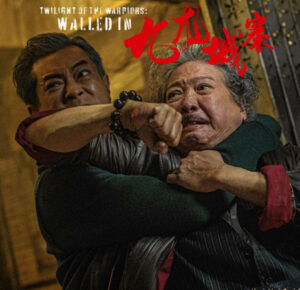


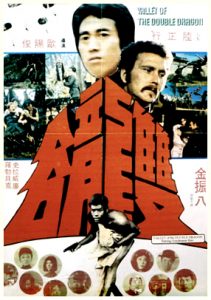

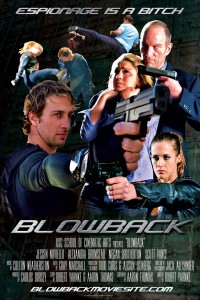
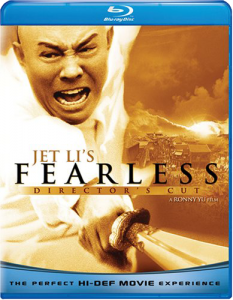

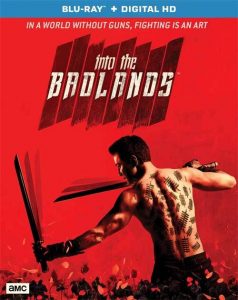



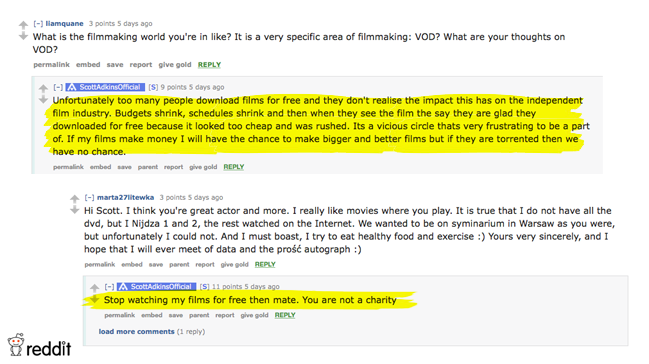
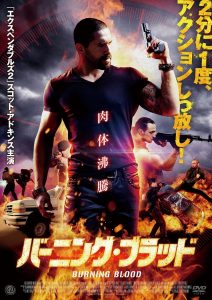
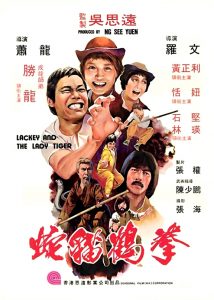
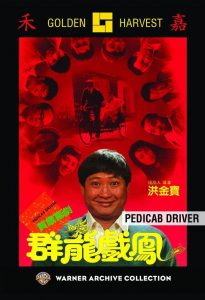
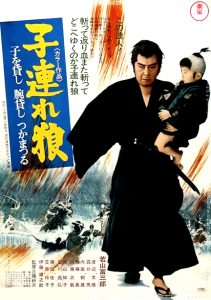
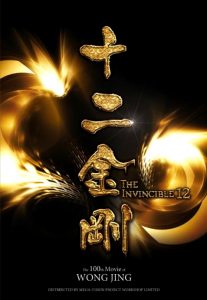
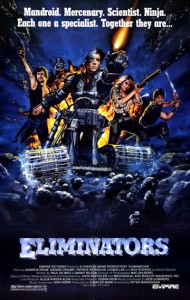

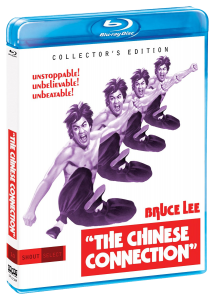

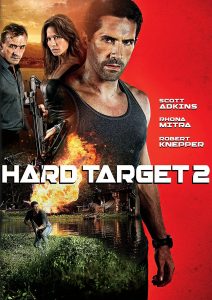


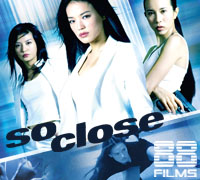
2 Comments